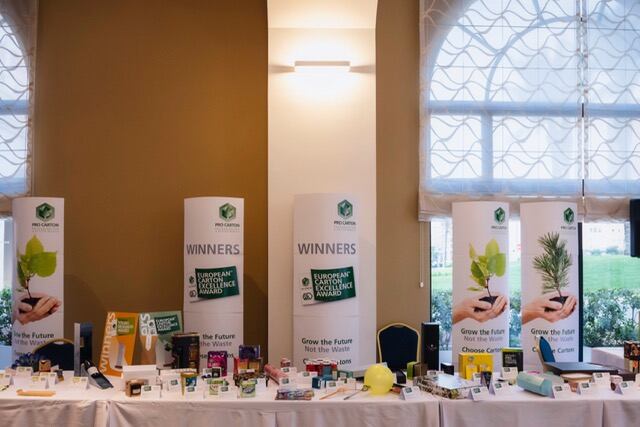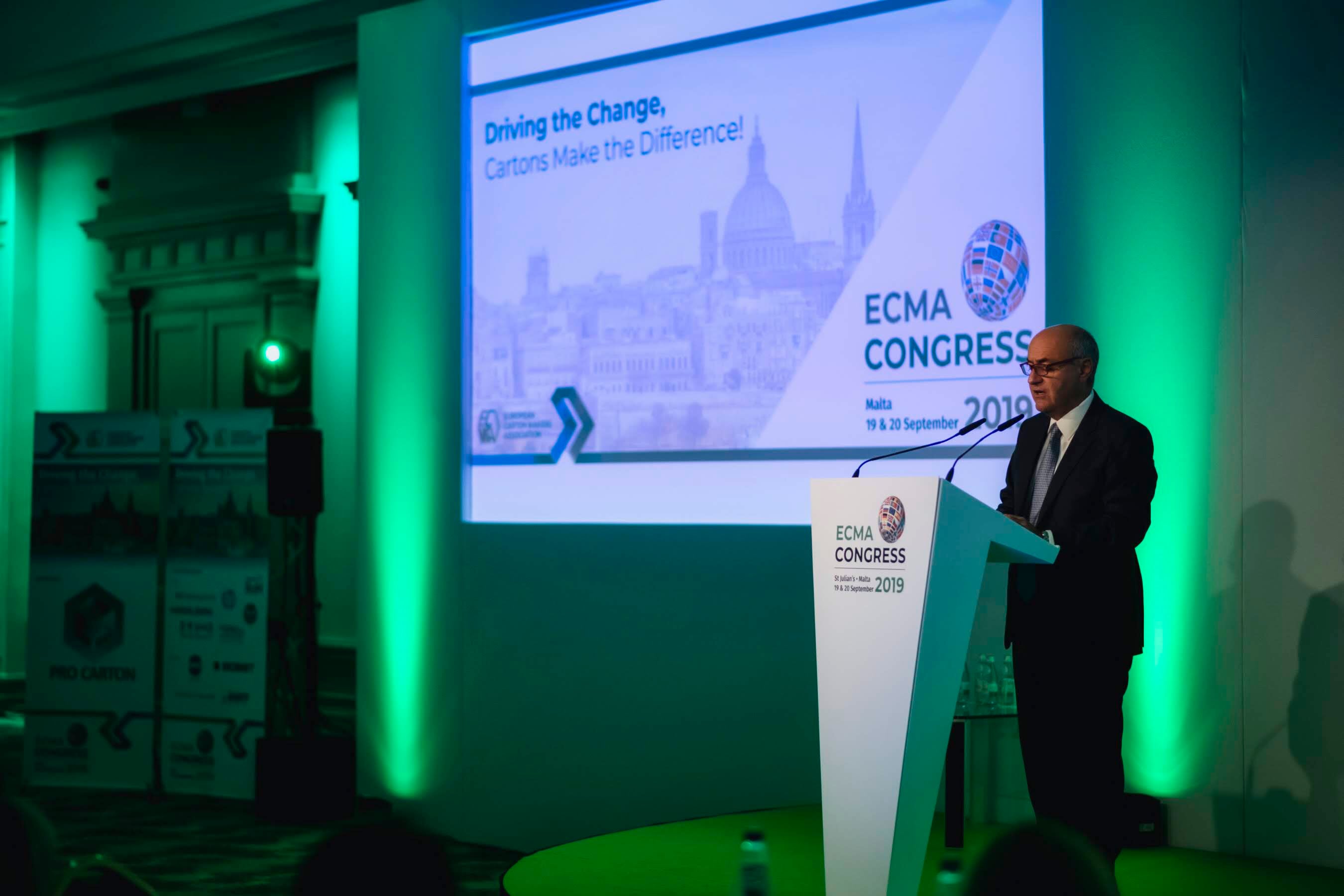The university announced the publication of the document ‘Circular Packaging Design Guideline’ in a post on its website in January developed by the university’s Competence Center for Sustainable and Future Oriented Packaging Solutions.
ECMA Congress

Dr Ernst Krottendorfer, lecturer, University of Applied Sciences, Vienna and MD, Packforce, Austria, talked about the document which explains the basics of sustainable packaging design and gives recommendations on creating recyclable design variants at the ECMA Congress in Malta this month (September 19-20).
The guideline has been created in close cooperation with material producers, packaging converters, consumer goods companies, retailers, collection systems and recycling companies and its objective is to give information and instructions on how to design recyclable packaging.
The university has published the first version of the document, and it will be updated in the future to reflect changes in collection, sorting, and recycling technology as well as the development of new materials.
The university plans to hold a Circular Packaging Day on April 11, 2019, focusing on current aspects within the EU Circular Economy Package evaluation of recyclability, and the latest recycling and packaging technology.
“Problems such as small formats like lids, must be eliminated ie beverage bottles must not have lids that fall off and they must be attached to the bottle and more innovation is needed on multi materials which allow for separate layers,” said Krottendorfer.
“Uncommon materials that are appearing in small qualities such as PVC, EPS, PS, and nutrient contaminated packaging that has residues of food need to be eliminated as well as coffee capsules which are difficult to recycle, organic waste bags and takeaway food packaging.”
Krottendorfer said the European Union has now launched a calculation tool on the recyclability of plastics for the period 2025 to 2030 and these include;
- Asking Member States to report to the Commission data on the implementation of the recycling targets for each calendar year in accordance with a format established by the Commission.
- Commission Decision 2005/270/EC should be amended to bring provisions in line with the rules in Directive 94/62/EC as regards the calculation of the attainment of the targets, regarding reusable sales packaging.
- Only waste that enters a recycling operation or waste that has achieved end of waste status should be used for the calculation of the recycling target.
WPO Prague
Krottendorfer presented his recommendations about how packaging needs to be designed to be recycled at the WPO (World Packaging Organisation) week in Prague (May 13-17), with Antro Säilä, VP, Sustainability,
He explained how the Circular Economy Package of the European Union forces much higher recycling rates for packaging, where it wants to close material and product cycles for packaging.
With the release of the Circular Economy Package, the European Union will target improving the efficient use of materials and reducing the resource dependency of Europe. It has also issued new rules for packaging and packaging waste, increasing the recycling rate requirements as of 2025.
“These new rules represent a substantial increase in the recycling rates for all packaging materials starting 2025 with 65% until reaching a minimum of 70% in 2030,” said Krottendorfer.
“Plastic packaging has to get at a recycling rate of 55% until 2030 and all plastic packaging needs to be recyclable 100% in 2030.
“There will be a regulation for a minimum recycling content in plastic bottles for beverages and the placement of market restrictions of specific single use plastics.”
He added, basic prerequisite for the implementation is circular packaging design. To achieve this, circular packaging design is essential to fulfill the targets of recyclability.
The definition of recyclability includes the need for a dedicated collection system, and for packaging materials to be separable and sortable. To avoid downcycling, recyclates must be used for the same or similar purposes than the basic product.
Investment in recycling capacity and infrastructure is necessary to make the circular economy work. Recyclability defines a packaging system that can be recycled in a state-of-the-art packaging waste system on an industrial scale.
Packforce
The guideline in its current form is valid for Austria and Germany. It has also designed a holistic assessment of packaging sustainability to monitor packaging developments and to facilitate packaging design.
The recyclability of a packaging system depends on the technical capabilities and the recycling infrastructure in a given country. Recyclability differs from country to country. This is a major hurdle for international consumer goods companies and retailers who have to design products and packaging for an international market and these companies and their suppliers and customers need additional information on the recycling infrastructure on an international level.
To support the international development of packaging, Packforce wants to internationalise the Circular Packaging Design Guideline. Initially, it is targeting the European market and special issues will be developed for - North Europe (Sweden, Denmark, Norway, Finland), - Central Eastern Europe (Poland, Czech Republic, Slovakia, Slovenia, Hungary, Croatia, Slovenia), - Western Europe (UK, France, Italy, Spain, Switzerland).
Packforce is looking for partners in these respective countries, who can contribute in a first step information regarding the collections systems and recycling infrastructure.




